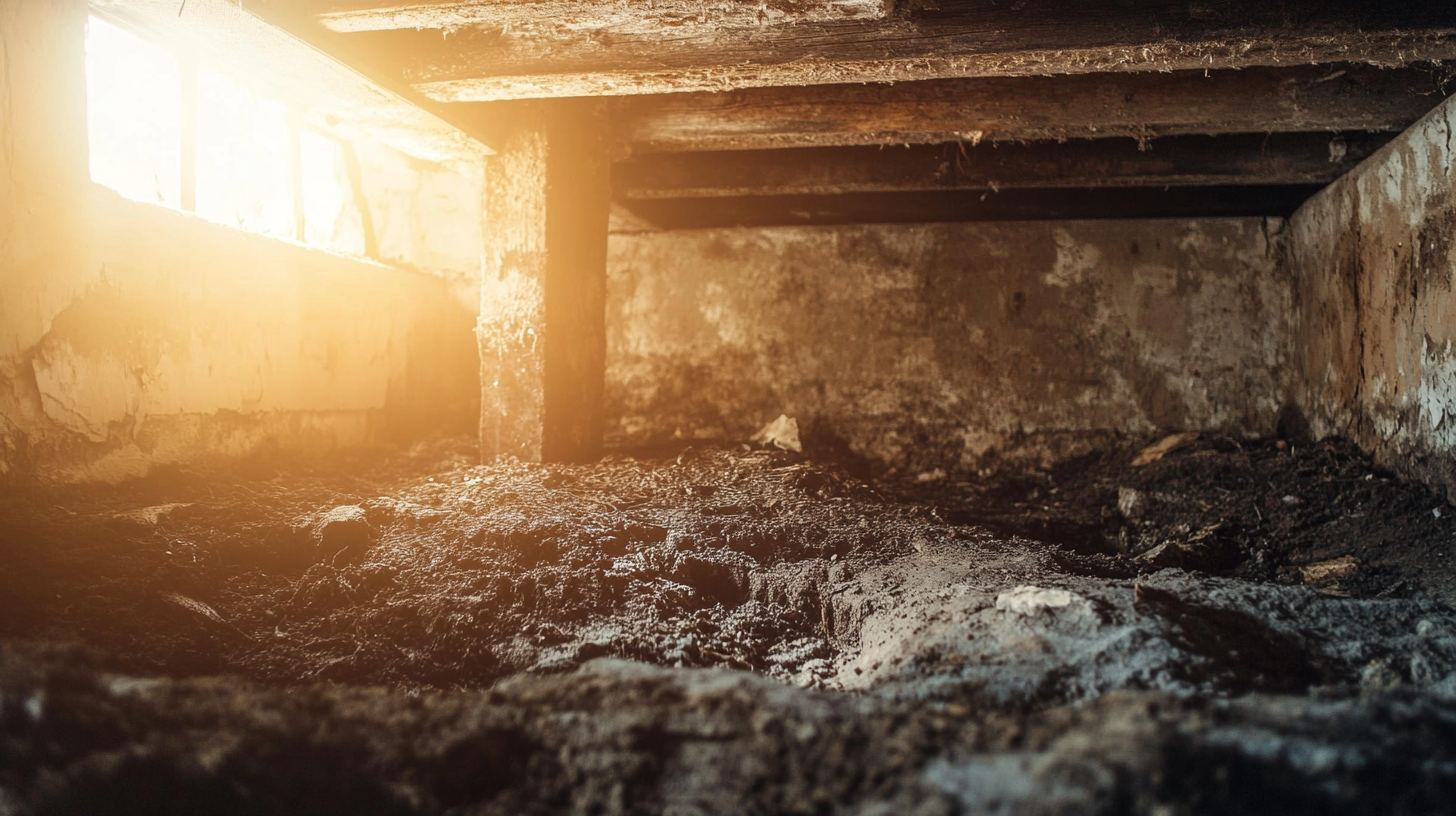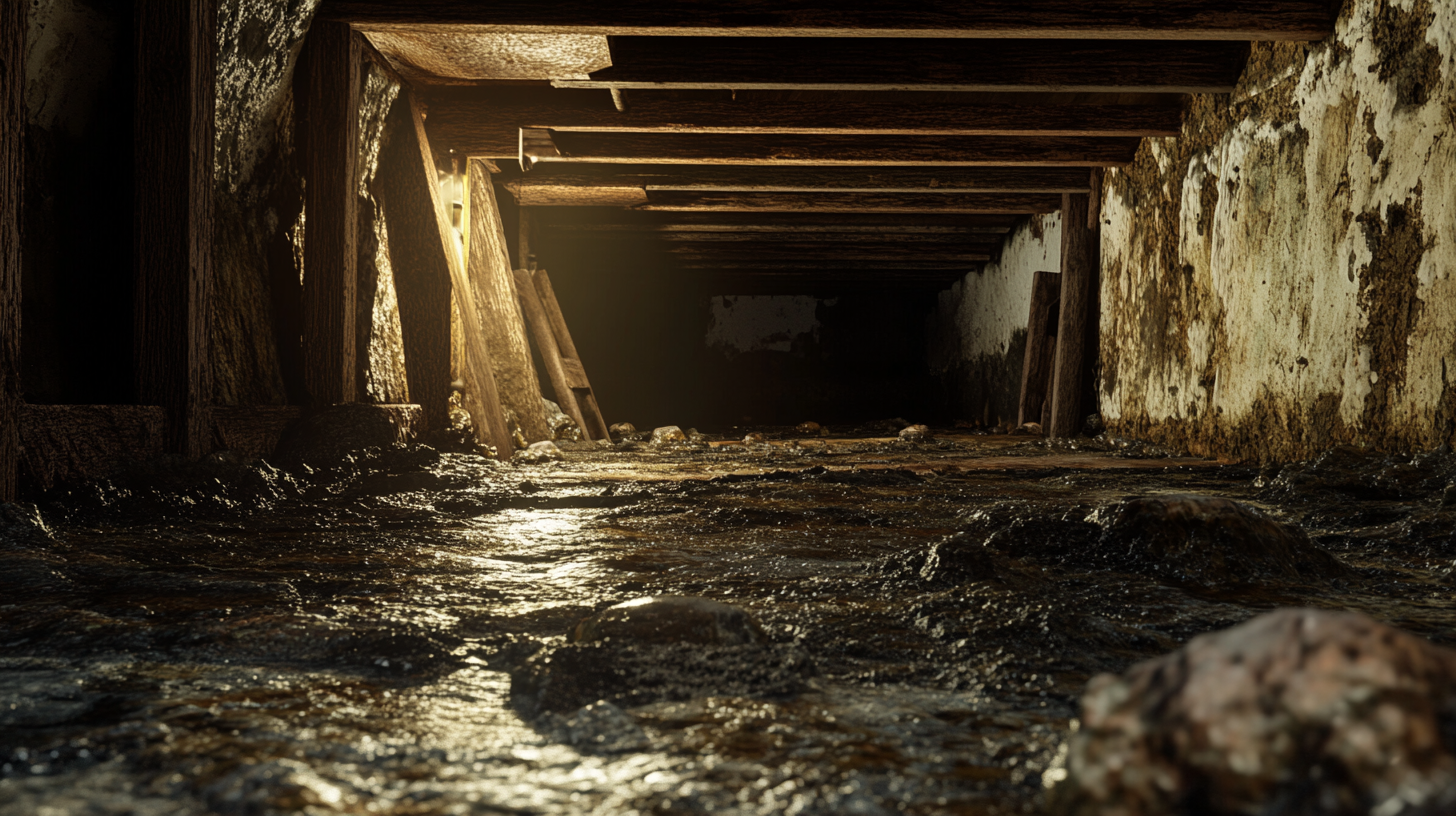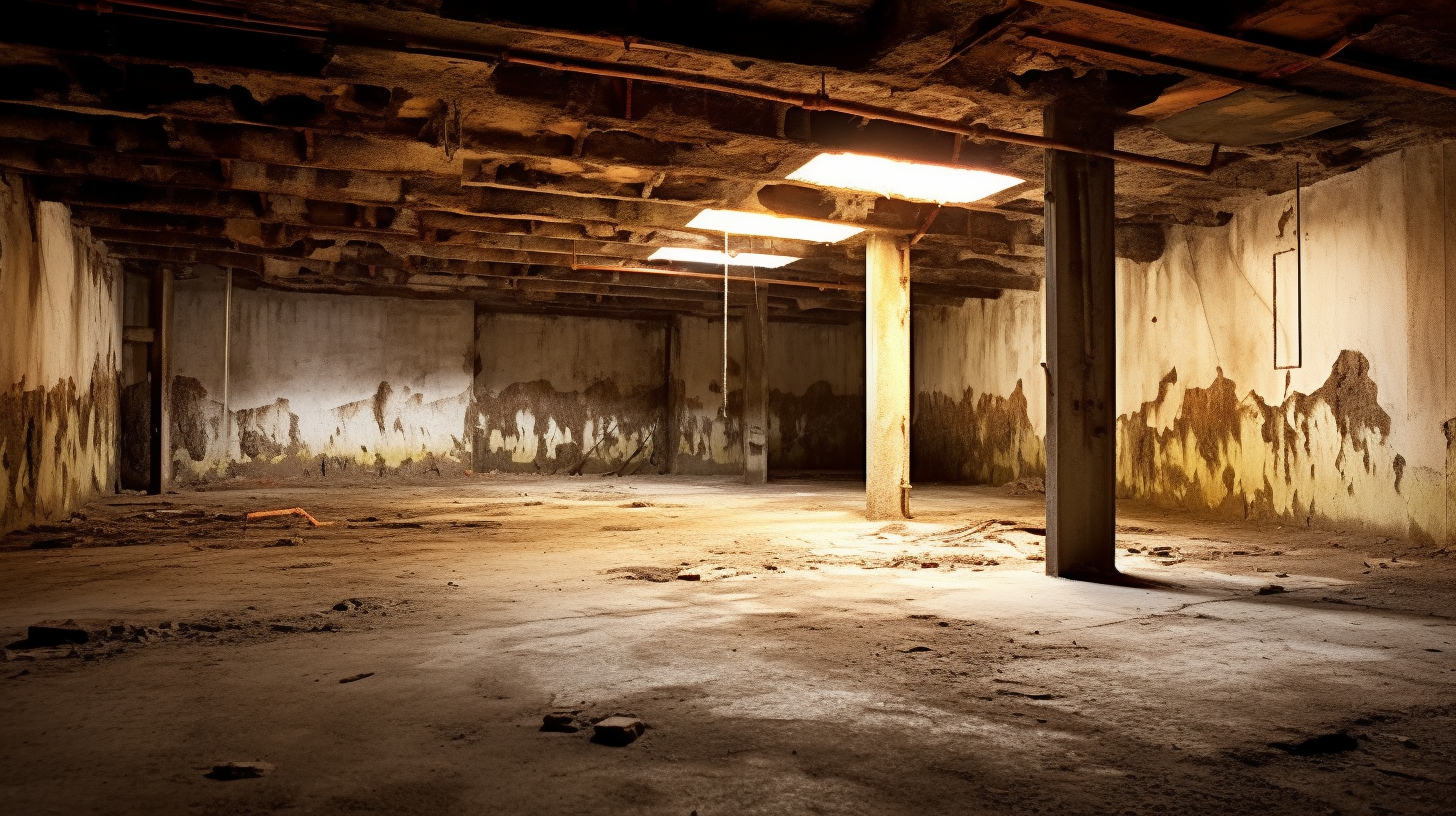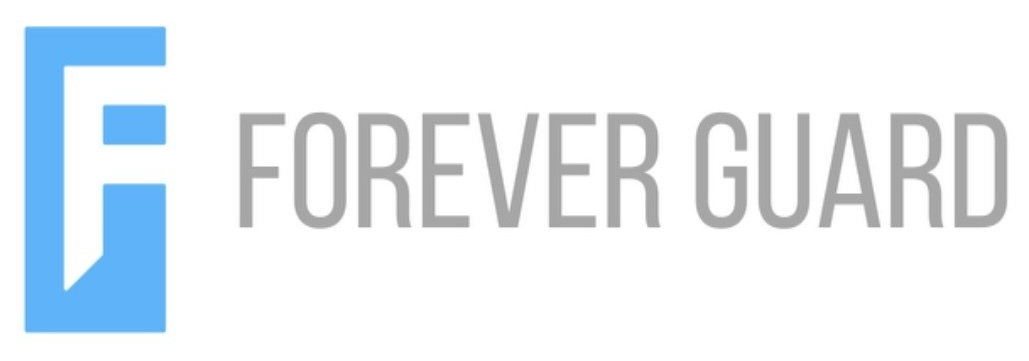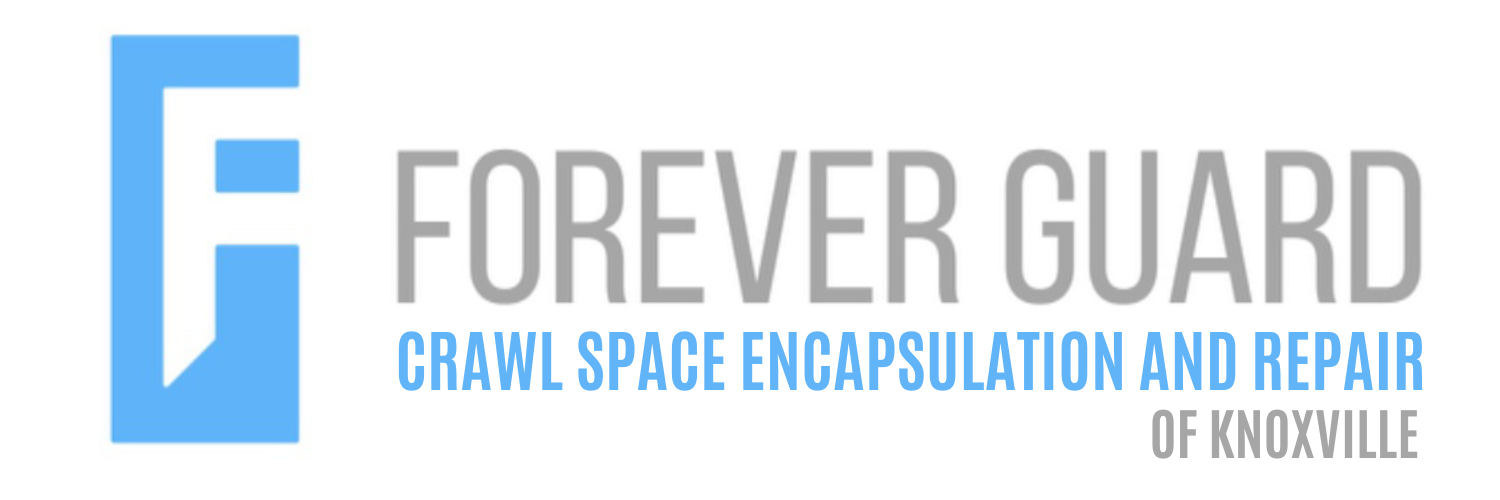Now IS THe Time To...

Crawl Space Services In Knoxville, TN
Stetson Howard: 865-432-6743
CRAWL SPACE ENCAPSULATION, REPAIR, WATERPROOFING & MOLD REMOVAL
No-Obligation, Free Inspections
No-Obligation Free Estimates
We Warranty All of Our Work
100% Satisfaction Guaranteed
Understanding the dangers of mold removal from a crawl space is crucial for homeowners seeking to address mold issues effectively and safely. Mold growth in crawl spaces poses potential health risks and can compromise the structural integrity of a home. In this blog, we will explore the importance of professional mold removal, highlighting the expertise, equipment, and precautions that professionals employ to ensure thorough remediation and minimize the risks associated with mold removal in crawl spaces.
Health Risks Associated with Crawl Space Mold
Crawl space mold poses significant health risks that should not be overlooked. Mold releases spores into the air, which can be inhaled and cause various health issues, particularly for individuals with respiratory conditions or weakened immune systems. Exposure to mold spores can lead to allergic reactions, respiratory problems, persistent coughing, sneezing, and eye or skin irritation. Prolonged exposure to mold can even contribute to the development of more severe conditions, such as asthma or fungal infections.
Moreover,
crawl space mold can also release mycotoxins, which are toxic substances produced by certain types of mold. These mycotoxins can cause more severe health problems, including neurological symptoms, headaches, fatigue, and even long-term chronic illnesses. It is crucial to address crawl space mold promptly to protect the health and well-being of the occupants and prevent the further spread of mold spores throughout the living areas of the home. Seeking professional assistance for mold remediation is highly recommended to ensure proper containment, removal, and mitigation of the health risks associated with crawl space mold.
Comprehensive Mold Assessment
A comprehensive mold assessment is a crucial step in addressing mold issues effectively and preventing further contamination in your home. The assessment involves a thorough inspection of the affected areas, identification of the type and extent of mold growth, and evaluation of the underlying causes contributing to the mold infestation. A professional mold assessor will have the expertise and specialized tools to conduct a detailed assessment, ensuring that all hidden areas and potential sources of mold are identified.
During the assessment, the mold assessor will examine not only the visible mold but also areas with high moisture levels, such as the crawl space or areas with water intrusion. They may use moisture meters, thermal imaging cameras, or air sampling to assess the moisture levels and mold spore concentration in the air. This comprehensive evaluation provides valuable information for developing an appropriate remediation plan, addressing the root causes of the mold problem, and ensuring that the remediation process is targeted and effective. By investing in a comprehensive mold assessment, you can gain a clear understanding of the mold situation in your home and make informed decisions for successful mold remediation.
Preventing Future Mold Growth
Preventing future mold growth is essential to maintain a healthy and mold-free environment in your home. After addressing an existing mold problem, taking proactive measures is crucial to minimize the chances of mold recurrence. One key step is to identify and address any sources of moisture in your home. Regularly inspect for leaks, water intrusion, or condensation issues and promptly address them to prevent excess moisture buildup. Ensure proper ventilation in areas prone to moisture, such as bathrooms, kitchens, and laundry rooms, and use exhaust fans to reduce humidity levels.
Another important aspect of preventing future mold growth is maintaining proper indoor humidity levels. Keep the relative humidity in your home below 60% to discourage mold growth. Consider using dehumidifiers in high-humidity areas or during humid seasons to control moisture. Regularly clean and dry areas prone to moisture, such as bathroom surfaces or window sills, to prevent mold-friendly environments. Additionally, ensure proper airflow throughout your home by keeping furniture away from walls and allowing air to circulate freely. By implementing these preventive measures, you can minimize the risk of future mold growth and maintain a mold-free living environment.
FAQs
Recent Blog Posts
Crawl Space News
